Creating A Bee Habitat
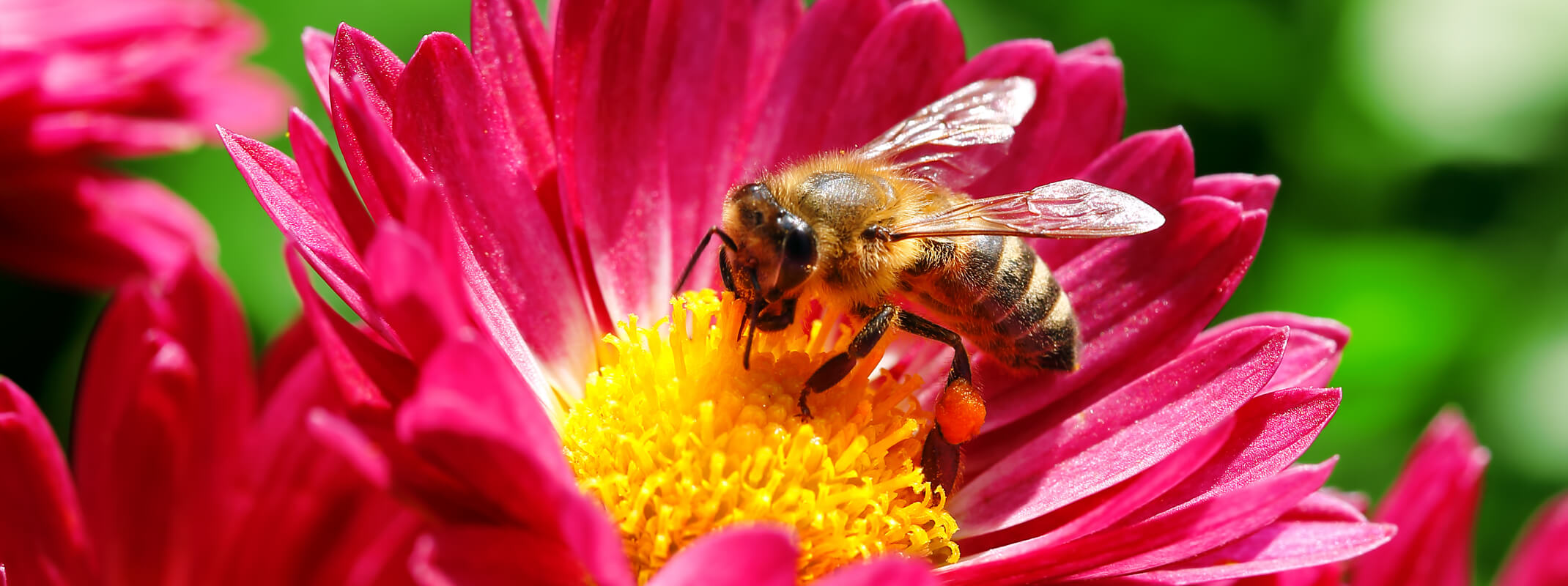
Bee-Friendly Gardens: Help Pollinators Thrive
Bees are gentle, hardworking creatures that play a crucial role in pollinating flowers, fruits, and vegetables. Despite their vital contributions, many people hesitate to invite bees into their gardens. However, most bees are harmless, focused solely on searching for food and water. They rarely sting unless defending themselves.
As bee populations decline rapidly worldwide, creating a welcoming habitat in your garden is more important than ever. Bees pollinate about one-third of the food we eat, and a thriving bee population means healthier gardens and ecosystems. Ready to make a difference? Let’s create a bee-friendly garden!
Feed the Bees: Their Survival Depends on You
Bees depend on blooms to fuel their busy lives. Here’s how you can provide the sustenance they need:
- Nectar: Packed with sugars, nectar gives bees the energy to fly and forage.
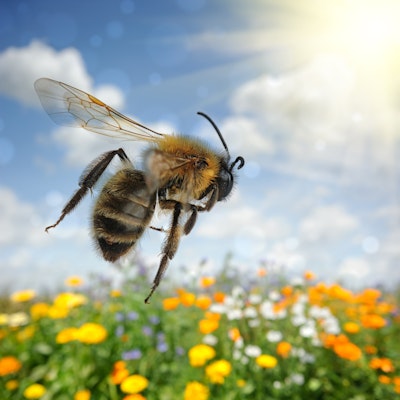
- Pollen: A balanced diet of proteins and fats comes from pollen, essential for bee health.
Tips for Planting Bee Food:
- Opt for single flowers rather than hybrids or double flowers, which produce less nectar.
- Plant cover crops like Crimson Clover (Trifolium incarnatum) and Buckwheat (Fagopyrum spp.) in September and October to provide winter food sources.
- Group plants together, as bees forage in clusters.
- Include at least 15 long-blooming plants that flower throughout the seasons to ensure year-round nourishment.
Provide Water: Bees Need It Too!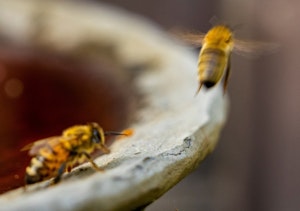
Hydration is critical for bees, helping them cool their hives and stay active. Creating a water source is simple and rewarding:
- Set up a bee pool: Fill a shallow saucer with water and add rocks or pebbles to give bees a safe place to land.
- Add a pinch of salt to the water to attract bees and meet their dietary needs.
Create a Bee Habitat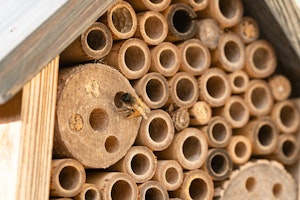
Bees need places to live and rest. Here’s how to make your garden their home:
- Many bees nest in the ground, so leave some soil exposed. While mulching is great for water conservation, exposed patches provide homes for ground-nesting bees.
- Others seek shelter in holes or crevices, so consider adding bee houses or maintaining natural spaces in your garden.
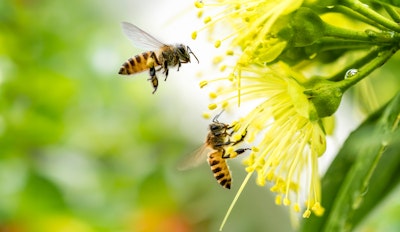
Best Practices: Protecting Bees While Gardening
Even the safest pesticides can harm bees. Follow these tips to minimize risks:
- Avoid spraying on windy days to reduce overspray.
- Never spray open flowers; spray just before bud break.
- Apply pesticides at dawn, dusk, or night when bees are less active.
- Avoid systemic insecticides, which can travel to flowers and harm pollinators.
Bee Happy: Reap the Rewards of a Pollinator Paradise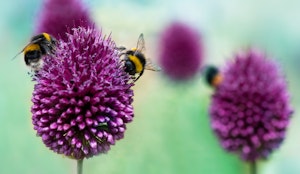
Imagine the soothing hum of bees on a warm afternoon, knowing your garden is a haven for these incredible pollinators. By creating a bee-friendly habitat, you’ll enjoy more vibrant flowers, bountiful fruits, and flourishing vegetables.
Together, we can support bees and the ecosystems that depend on them. Visit your local SummerWinds Nursery for expert advice, pollinator-friendly plants, and everything you need to build the perfect bee garden.
Let’s make your garden buzz with life—one bloom at a time!
Other Pollinators...

| Create A Bird Habitat | Create A Butterfly Habitat | |
| Plants to Attract Birds | Plants to Attract Butterflies | Plants to Attract Hummingbirds |

